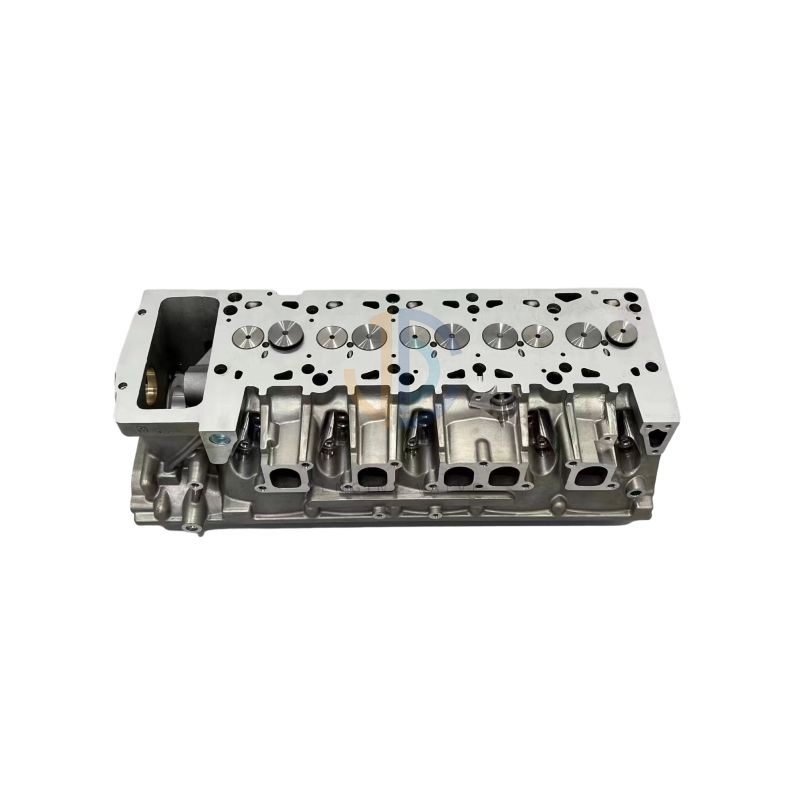The main function of a cylinder head in an internal combustion engine is to seal the top of the engine's cylinders, creating a closed chamber where the combustion process occurs. It serves several crucial purposes in the engine's operation:
Sealing the Combustion Chamber: The cylinder head, together with the engine block, forms a sealed combustion chamber in which fuel and air are mixed and ignited. This sealing is essential to prevent the escape of gases and maintain compression within the cylinder, which is necessary for efficient power generation.
Mounting for Valvetrain Components: The cylinder head provides mounting points for key valvetrain components, including the intake and exhaust valves, valve springs, and camshafts. These components control the flow of air and exhaust gases into and out of the cylinders, as well as the timing of these events.
Heat Dissipation: As the combustion process generates a substantial amount of heat, the cylinder head contains passages and channels for coolant to flow through. This allows the head to dissipate excess heat and prevent the engine from overheating. In many engines, the cylinder head also houses the engine's thermostat, which helps regulate coolant flow.

Support for Spark Plugs: Spark plugs, responsible for igniting the air-fuel mixture within the cylinder, are mounted in the cylinder head. The design and positioning of the spark plugs are critical for efficient combustion and engine performance.
Air and Fuel Distribution: The intake manifold is typically connected to the cylinder head, allowing it to distribute air and fuel to the individual cylinders. The cylinder head parts plays a role in optimizing the flow of this mixture to ensure even distribution and combustion efficiency.
Exhaust Gas Routing: After combustion, the cylinder head directs the exhaust gases away from the combustion chamber and into the exhaust manifold. This routing is crucial for expelling spent gases and maintaining a clean and efficient exhaust system.
Compression Ratio Control: The shape and design of the combustion chamber within the cylinder head can influence the engine's compression ratio. Different combustion chamber designs are used to achieve specific performance characteristics, such as high power output or improved fuel efficiency.
Engine Timing: The camshafts, which are part of the valvetrain, are synchronized with the crankshaft to control the opening and closing of the valves. This timing ensures that the intake and exhaust events occur at the right moment in the engine's four-stroke cycle.
In summary, the Jiongchi cylinder head is a critical component in an internal combustion engine, responsible for creating and maintaining the sealed combustion chambers, housing key valvetrain components, managing heat, and facilitating the precise timing of intake, compression, power, and exhaust strokes. Its design and functionality directly impact the engine's performance, efficiency, and overall operation.


Comments
Please Join Us to post.
0